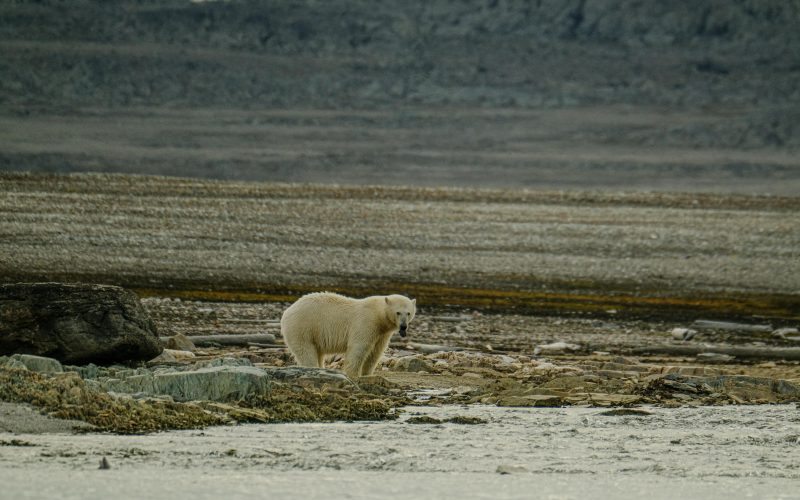The drastic reduction of Arctic ice presents an acute threat to polar bear populations, disrupting their traditional hunting and migratory practices. As the ice caps diminish, polar bears face extended fasting periods on land, awaiting the reformation of their icy hunting grounds necessary for survival.
This shift not only affects their health but also has broader ecological consequences. Polar bears primarily hunt seals, using the ice as a platform. With the ice melting earlier and forming later each year, bears have less time to feed and store fat reserves crucial for reproduction and hibernation.
Scientists observe that the changing climate forces polar bears to adapt to longer land stays, altering their feeding habits and threatening their existence. The impact is profound, with younger bears and females with cubs being particularly vulnerable due to their higher nutritional needs.
The international community recognizes the urgency of this issue, advocating for enhanced conservation efforts and climate action to mitigate further ice loss and protect these iconic creatures of the Arctic.





